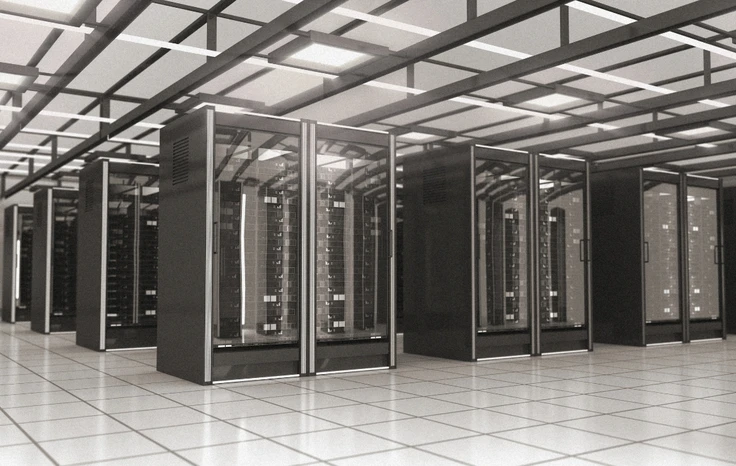Google's Emissions Rise by 48% as AI Demands Spike
5 Reasons Why Your Business Needs Edge Computing

In today's rapidly evolving digital landscape, businesses need to stay ahead of the curve to remain competitive. One technology that is gaining traction and offering a range of benefits is edge computing.
Edge computing is a distributed computing model that brings data processing closer to the source of data, reducing latency and improving efficiency. In this blog post, we explore the benefits of edge computing and why your business should adopt this technology.
Improved Latency and Faster Response Times
One of the primary advantages of edge computing is improved latency and faster response times. In traditional cloud computing, data is processed in centralized data centers, which can result in significant latency issues. With edge computing, data is processed closer to the source of data, reducing the amount of time it takes for data to travel to the data center and back. This can result in faster response times, improved application performance, and a better user experience.
Increased Security and Privacy
Edge computing can also offer increased security and privacy. With data processed closer to the source, there is less need to transmit sensitive data to a centralized data center, reducing the risk of data breaches and cyber attacks. This is particularly important for businesses that deal with sensitive data, such as healthcare providers, financial institutions, and government agencies. Edge computing can also help businesses comply with data privacy regulations, such as the General Data Protection Regulation (GDPR) and the California Consumer Privacy Act (CCPA).
Improved Reliability and Resilience
Another benefit of edge computing is improved reliability and resilience. With traditional cloud computing, a network outage or server failure can bring down an entire data center, resulting in significant downtime and lost revenue. With edge computing, data is processed across a distributed network of devices, meaning that even if one device fails, the network can continue to function. This can help businesses maintain continuity and reduce the impact of downtime.
Reduced Bandwidth and Storage Costs
Edge computing can also help businesses reduce their bandwidth and storage costs. With data processed closer to the source, less data needs to be transmitted to the centralized data center, reducing the amount of bandwidth required. This can result in significant cost savings for businesses with high data transmission volumes. Additionally, edge computing can help businesses reduce their storage costs by only storing critical data locally, rather than storing all data in a centralized data center.
Improved Scalability and Agility
Edge computing can also offer improved scalability and agility. With traditional cloud computing, businesses need to provision additional resources in centralized data centers to accommodate increased demand. This can be a time-consuming and expensive process. With edge computing, businesses can scale their computing resources on-demand, by adding more devices to the network. This can help businesses respond quickly to changing market conditions and customer demands.



























